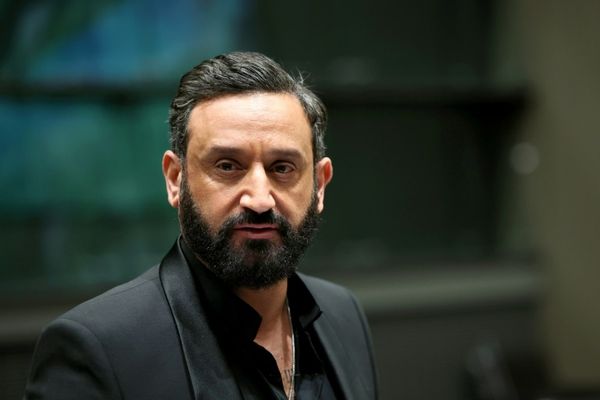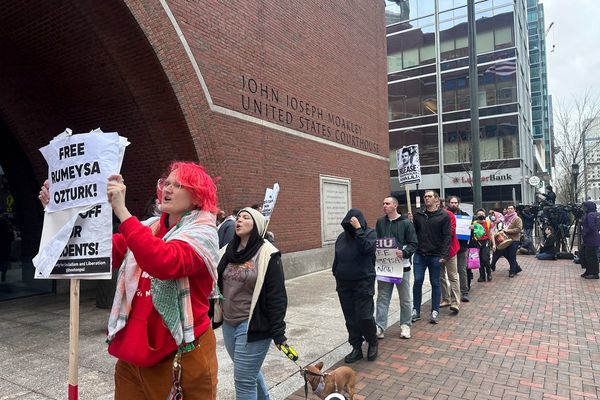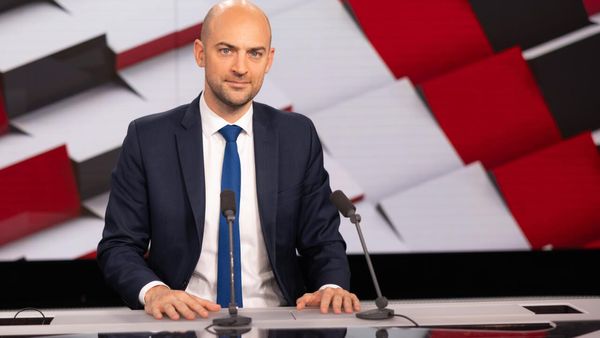
In the landscape of Hollywood, the portrayal of characters with disabilities has been a longstanding discussion. Able-bodied actors have often been cast to play these roles, leading to debates on representation and authenticity. When dissecting the realm of facial disfigurements onscreen, the narrative becomes more complex. Director Aaron Schimberg embarked on a mission to delve into this nuanced dialogue in his latest project, 'A Different Man.'
The film centers around Edward, played by Sebastian Stan, an aspiring actor with a facial disfigurement who undergoes reconstructive surgery and finds himself fixated on an actor portrayed by Adam Pearson, who plays him in a play based on his life. Schimberg sought to challenge societal perceptions of identity and self-worth, prompting viewers to confront their own prejudices through the lens of storytelling.
For Sebastian Stan, known for his role in the Marvel Cinematic Universe, this project marked a departure from his blockbuster endeavors. Embracing Schimberg's innovative script, Stan embraced the opportunity to explore a character rich in depth and complexity. The demanding shooting schedule in New York City posed challenges, particularly concerning the prosthetic makeup that would define Edward's appearance. The involvement of skilled prosthetic designer Michael Marino was crucial in bringing Edward's physicality to life and influencing Stan's performance.
Shooting in the vibrant backdrop of New York added an authentic layer to the film's narrative, capturing the essence of the city's character. The casting of Renate Reinsve as Ingrid, alongside Stan and Pearson, highlighted the collaborative effort required to bring this intricate story to fruition. Amidst tight schedules and limited rehearsal time, the ensemble of actors immersed themselves in Schimberg's vision, creating a space to infuse their interpretations into the characters.
Premiering at the Sundance Film Festival, 'A Different Man' invited audiences to ponder the significance of appearances and the complexities of human connection. Schimberg's deliberate storytelling approach left room for individual interpretations, initiating discourse on societal norms and personal perceptions. As the credits rolled in the Eccles Theater, the question lingered: What truly defines a person beyond their outward facade?
Aaron Schimberg's exploration in 'A Different Man' serves as a poignant reminder of the intricacies present in disability representation and challenges viewers to reflect on their own preconceptions. Through compelling performances and thought-provoking themes, the film opens a gateway to dialogue on identity, prejudice, and the power of storytelling in shaping our perceptions of others.







